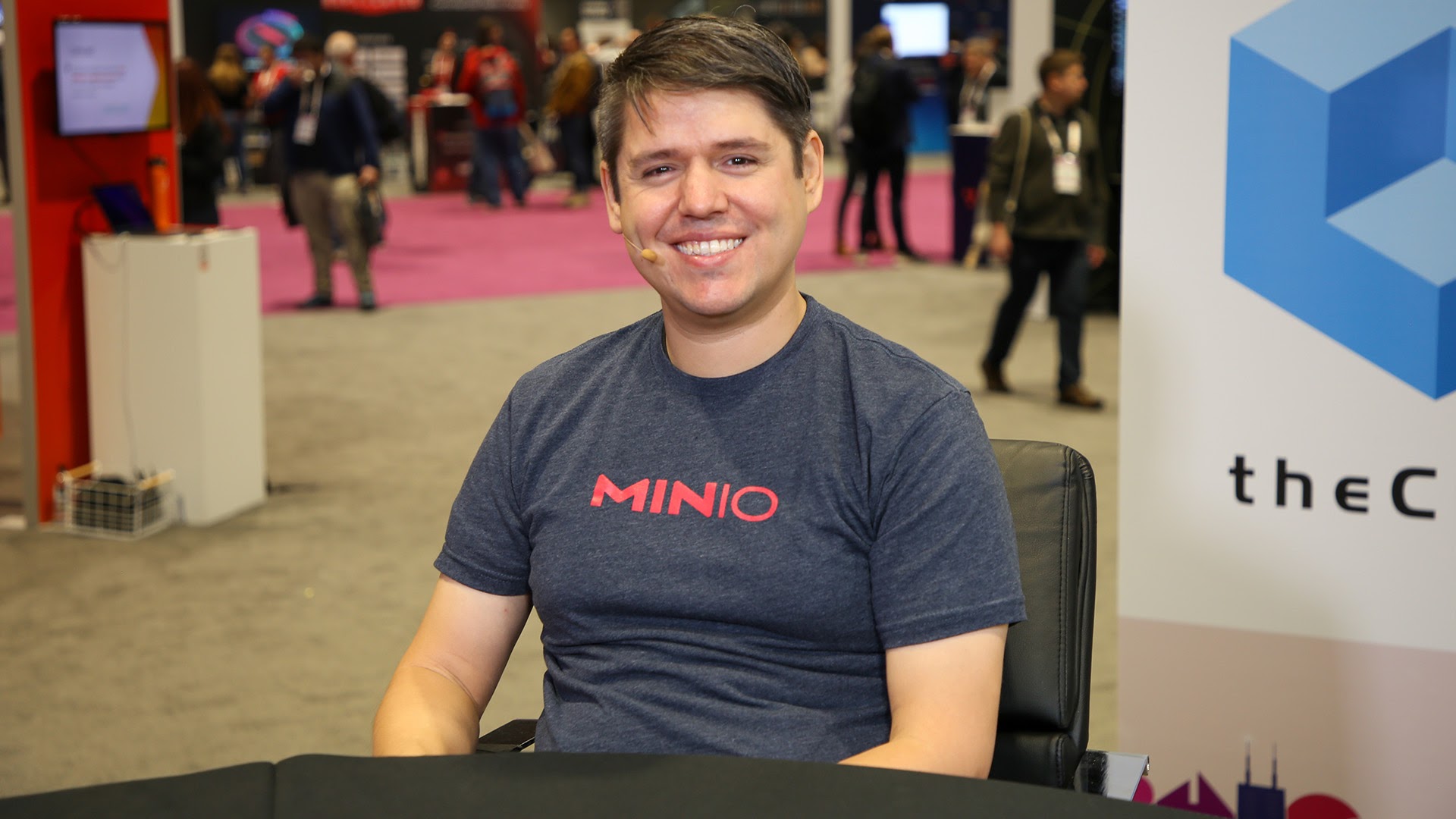 AI
AI
 AI
AI
 AI
AI
As artificial intelligence gains rapid adoption across industries, it’s more important than ever for leaders looking to utilize the technology to ensure adequate data storage and management.
MinIO Inc. offers object storage capable of storing the massive amounts of data required to run AI, while continuing to innovate object storage with weekly releases, according to Daniel Valdivia (pictured), engineer at MinIO.
“We’ve been pleasingly surprised to see that we were in the right spot at the right time,” Valdivia said. “Now that AI’s coming along, and the AI needs to deliver massive amounts of data, they need to train a very high speed only object storage can deliver that.”
Valdivia spoke with theCUBE industry analysts Savannah Peterson and John Furrier at KubeCon + CloudNativeCon NA, during an exclusive broadcast on theCUBE, SiliconANGLE Media’s livestreaming studio. They discussed the intersection of AI and the data wave, how object storage is ideal for powering AI, and the use of software-defined storage and intelligent edge solutions for multicloud solutions. (* Disclosure below.)
Eighty percent of the data that MinIO customers have is machine-generated, with most companies keeping the data in hopes they’ll find a use for it someday, according to Valdivia. With MinIO’s technology, these businesses can now use large language models to analyze these logs at high speeds.
“They can read the log and pick up something that no human will have anticipated before,” Valdivia said. “For example, this log is sneakily trying to do something you were not anticipating. It’s very important to keep all this data in a single place. Now these technologies are making the data shine.”
How should companies properly prepare data sets? One common mistake is frequently underinvesting in pre-processing data properly, Valdivia pointed out.
“They spin up the GPU instances and then they spin spend time pre-processing the data just to fit it into the GPU,” he said. “Whereas, they could have a stage just to pre-process data properly, put it in object storage and then speed up training because object storage can let you read the data as fast as the GPU can pull it. You want to be in a position where when you’re going to be spinning up this expensive hardware, you’re ready to go.”
Here’s the complete video interview, part of SiliconANGLE’s and theCUBE’s coverage of KubeCon + CloudNativeCon NA:
(* Disclosure: MinIO Inc. sponsored this segment of theCUBE. Neither MinIO nor other sponsors have editorial control over content on theCUBE or SiliconANGLE.)
THANK YOU